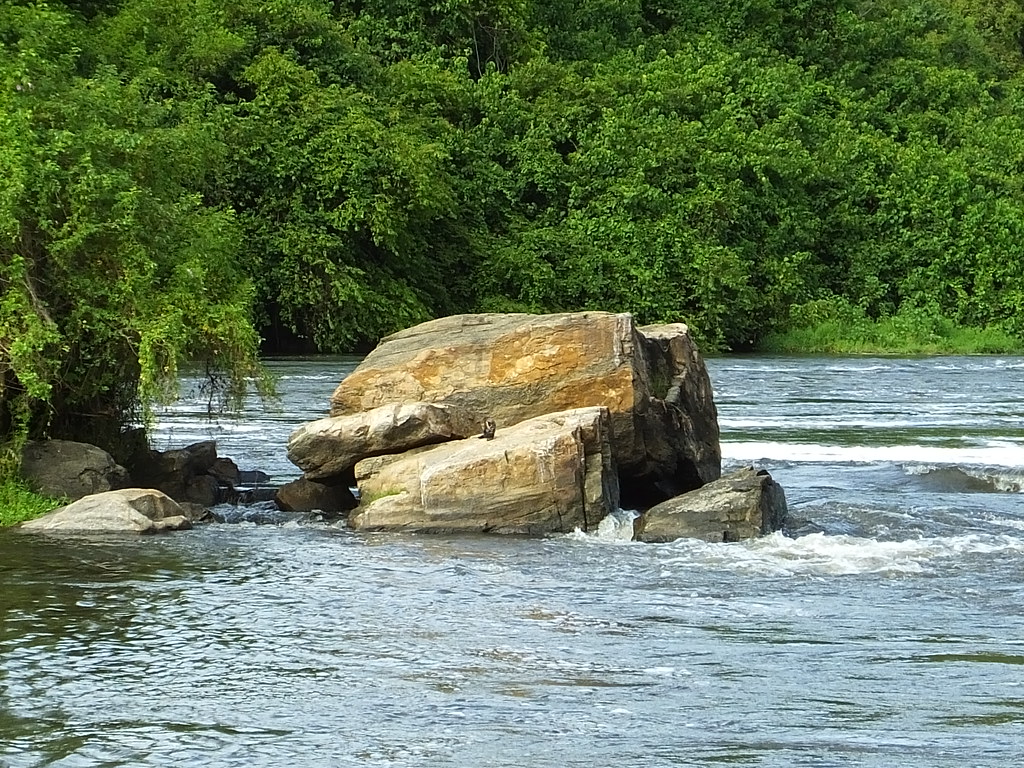In the northwestern corner of Uganda, where the mighty Nile River crashes through a narrow gorge to create one of the world’s most powerful waterfalls, lies Murchison Falls National Park. This iconic park is not just a sanctuary for Uganda’s diverse wildlife but also a place steeped in history, exploration, and conservation.
As Uganda’s largest and oldest national park, Murchison Falls holds a unique place in the country’s heritage — a testament to both the natural forces that shaped it and the people who sought to preserve it.
The Discovery of Murchison Falls
The story of Murchison Falls as we know it begins in 1862, when British explorer Samuel Baker and his wife Florence Baker became the first Europeans to see the dramatic falls. Captivated by the roaring cascade of water squeezing through a mere seven-meter-wide gap and plunging 43 meters into the Devil’s Cauldron below, Baker named them after Sir Roderick Murchison, the then-president of the Royal Geographical Society in London.
At that time, Uganda’s interior was largely unknown to Europeans, and Baker’s discovery helped put this remarkable corner of Africa on the map. His writings about the falls and the surrounding wilderness inspired generations of explorers and travelers to follow.
The Area Before Becoming a Park
Long before colonial explorers arrived, the area around Murchison Falls was inhabited by various ethnic groups, such as the Alur, Acholi, and Banyoro, who lived in harmony with the land, practicing fishing, farming, and hunting. The Nile itself held spiritual and cultural significance for local communities.
In the late 19th and early 20th centuries, the region became part of British-ruled Uganda, and increasing interest in big game hunting and resource exploitation led to concerns about the depletion of wildlife.
Establishment as a National Park
To protect its rich biodiversity, the area was first declared a Game Reserve in 1926, known as the Bunyoro Game Reserve. This early conservation measure was primarily aimed at regulating hunting and preserving populations of elephants, lions, buffalo, and other iconic African species.
In 1952, the reserve was officially gazetted as Murchison Falls National Park, becoming Uganda’s first national park under the Uganda National Parks Act. This move formalized its protection and marked the beginning of organized tourism and research in the area.
Wildlife and Conservation Challenges
Throughout the 20th century, Murchison Falls became one of East Africa’s premier safari destinations, attracting visitors from around the world. It teemed with elephants, hippos, crocodiles, giraffes, and countless bird species, earning its reputation as a wildlife haven.
However, during the 1970s and 1980s, the park suffered heavily under the turmoil of civil unrest and poaching during Idi Amin’s regime and subsequent years of instability. Populations of elephants and other large mammals plummeted, and much of the park’s infrastructure fell into disrepair.
Revival and Modern Conservation
Since the 1990s, peace and stability in Uganda have allowed conservation efforts and tourism to thrive again. Wildlife populations have rebounded significantly, and Murchison Falls has regained its place as one of Uganda’s crown jewels for safaris.
Today, the park not only safeguards an incredible diversity of wildlife but also supports local communities through eco-tourism and employment. It stands as a symbol of resilience and a reminder of the importance of protecting natural heritage for future generations.
The history of Murchison Falls National Park is as powerful and enduring as the river that carved its landscape. From its discovery by explorers to its survival through decades of challenges, the park tells a story of discovery, destruction, and renewal.
Visiting today, you’ll not only witness one of nature’s greatest spectacles — the thunderous falls — but also step into a living chapter of Uganda’s history, where people and wildlife continue to coexist in one of Africa’s most beautiful wildernesses.





